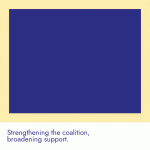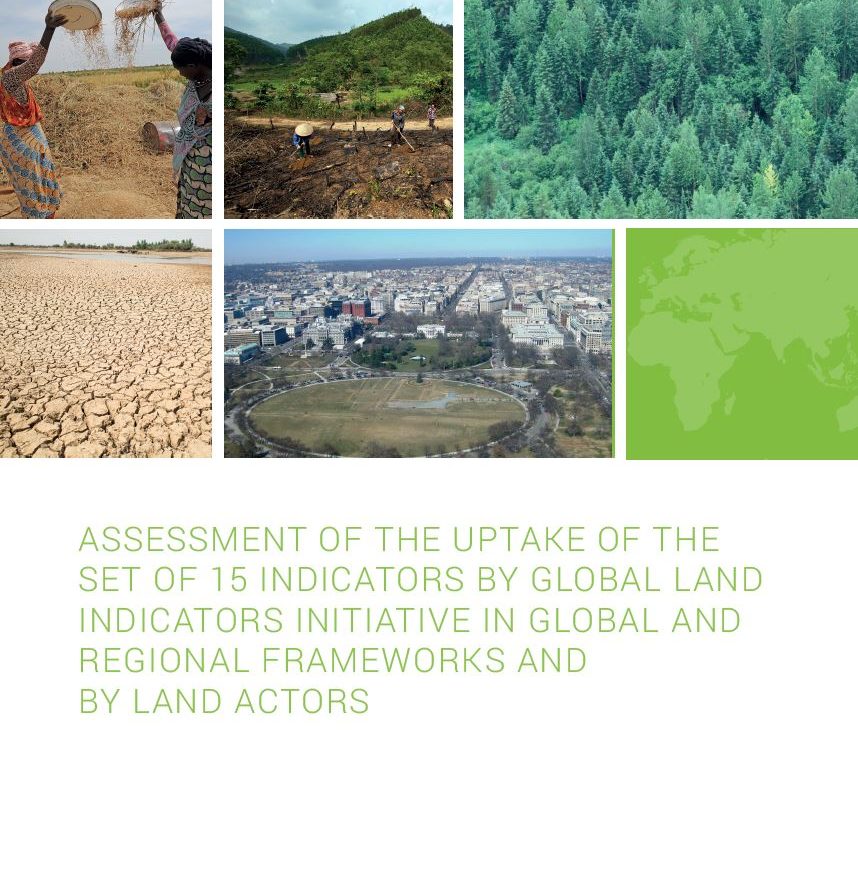In 2019, UN-Habitat and the Global Land Tool Network (GLTN) commissioned an Assessment of the Uptake of the Set of 15 indicators developed by the Global Land Indicators Initiative (GLII) in global and regional land and development frameworks and by land actors. This publication therefore, elaborates how GLII land indicators are being used by GLII partner and non-partner organizations and the impact of GLII indicators on the larger regional and global effort to promote land tenure rights for all. This assessment sought to answer the following questions: (1) Whether GLII partner organizations are using all or selected indicators; (2) Whether the indicators are helping to influence development of new agreements or measurement tools by partner organizations; (3) Whether nonpartner organizations are using the indicators; and (4) Whether the indicators and data collected on them are being used to develop new programmes or inform policies and law to promote land tenure security. The assessment
was carried out through a literature review of various documents, including GLII publications; collection of primary data from a sample of GLII partner and non-partner organizations and collaborators through an online survey questionnaire; and in-depth key informant interviews.
Findings from the assessment show that most partners value and use the GLII indicators in data collection for monitoring of their land -related initiatives. GLII indicators were also used by most partners for policy advocacy and influencing. It is evident that there has been an uptake of GLII indicators by regional and global land monitoring efforts led by GLTN partners and other institutions. Further, the assessment shows greater acknowledgement of the level of influence and leverage that GLII indicators had on the formulation of land tenure indicators in the
Sustainable Development Goals (SDGs) framework with an impact on how land is currently monitored and reported by land actors globally. However, the findings also show that more effort by GLII partners is needed to further define and develop standards and methodologies for some of its indicators to support data collection and reporting at all levels.











